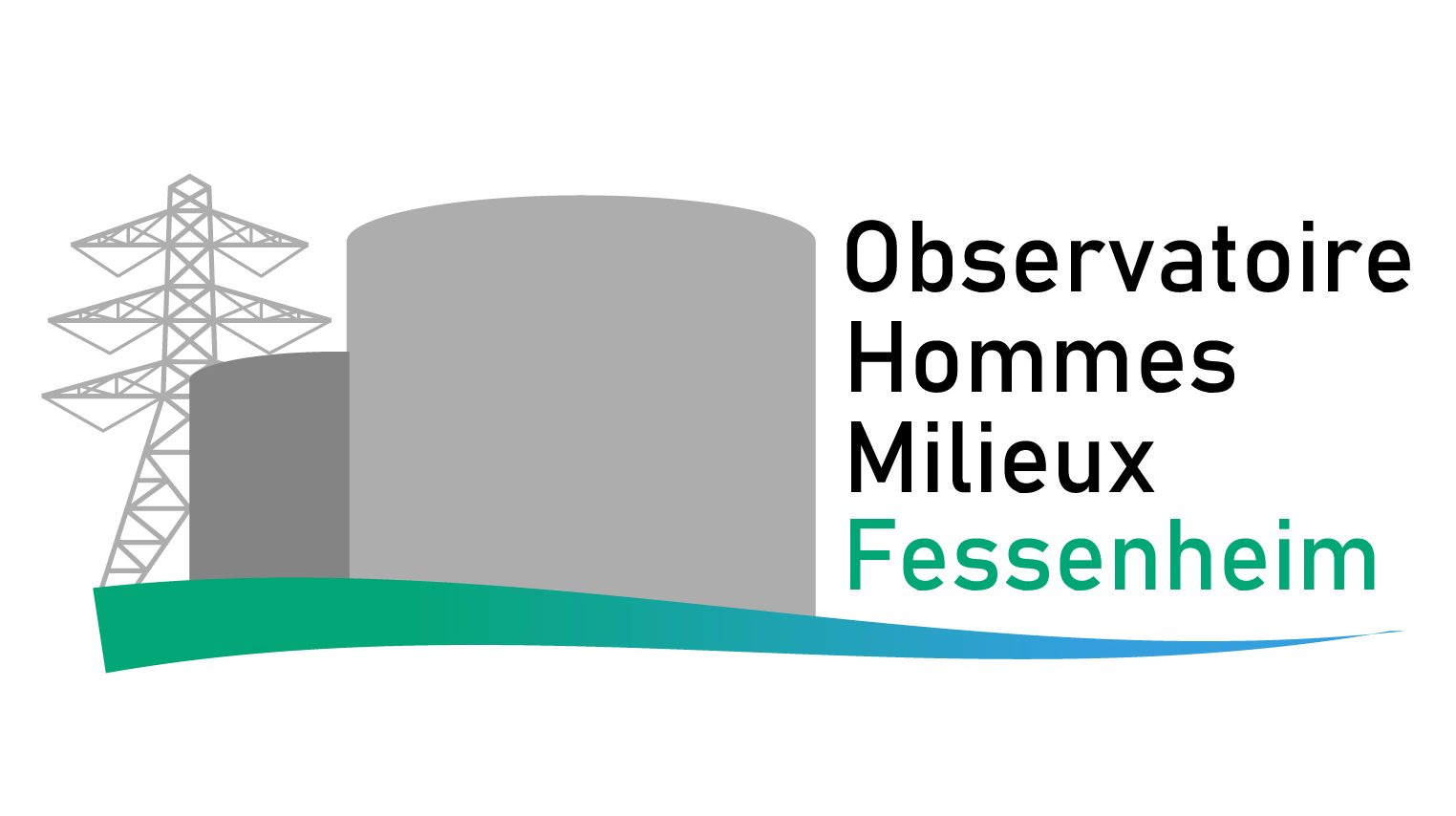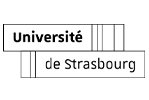Progress towards an international comparison of river sediment pollution: Key factors influencing metal concentrations along seven Western European Rivers (1945-2020)
Since 60 years, a large amount of data has been acquired to survey river sediment quality, especially concerning regulatory trace metals such as Cd, Cr, Cu, Hg, Ni, Pb, and Zn. Large-scale syntheses are still rare and show some limits to assess the effectiveness of public regulations and the river systems’ resilience. Based on a sediment contamination database comprising more than 12,000 samples, we propose a first attempt to decipher spatio-temporal trends of metal contamination along seven major rivers in Western Europe (Garonne-Lot, Loire, Meuse Rhine, Rhone, Scheldt and Seine Rivers). Facing heterogeneous sampling and analytical methods on different sediment matrices (bed and flood deposits – BFD, suspended particulate matter – SPM, dated sediment cores – DSC), this work investigates the effect of analytical protocols, spatial and temporal factors on metal concentration trends. At a large scale, an increase in metal concentrations (especially for Cd, Pb and Zn) is reported along most of the investigated rivers. It appears closely related to major urban-industrial hotspots (Paris-Rouen corridor on the Seine River, Bonn-Duisburg corridor on the Rhine River, etc.) and to the geology of each watershed, both influencing the regional sediment quality. Former mining and metallurgical districts, generally located in crystalline areas, also caused high metal concentrations on the long term (Upper Loire River, Middle Meuse River, Lot River). A global decrease of metal concentrations is observed in all river sections since the 1960s-1970s onwards, in response to European and national regulations, and to socio-economical changes affecting urban-industrial areas. The high influence of the location of the samples along the rivers and the decade of sampling is confirmed by a Factor Analysis of Mixed Data (FAMD). Secondary factors such as the influence of the sediment matrix type (BFD, SPM and DSC) and the different digestion procedures prior to elemental analysis also explained significant differences for Cr, Cd, Cu, Pb, or Zn, although this can also be locally balanced by the substratum (i.e. for alkaline rivers). This approach points out the limitations of the available data, particularly regarding the need of regional geological backgrounds and the more systematic acquisition of ancillary data such as grain-size and TOC. It also provides critical clues to intercompare metal sediment pollution in rivers at large spatial and temporal scales worldwide.




